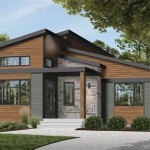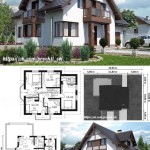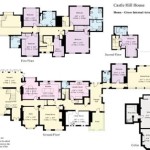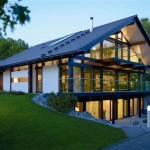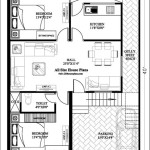Plans to Make a Cubby House
Building a cubby house offers a rewarding project for adults and a magical space for children. Careful planning ensures a successful outcome, resulting in a safe and enjoyable structure tailored to specific needs and the available space.
The initial phase involves defining the cubby house's purpose and user. Will it be a quiet reading nook, an imaginative play space, or a combination of activities? Considering the age and interests of the primary users will inform the design and features incorporated.
Next, determine the location and size. A flat, level area is crucial for stability and safety. Measure the available space carefully, accounting for any necessary clearances around the structure. The size of the cubby house should be proportionate to the yard and the number of children expected to use it.
Choosing the right materials is a critical step. Common options include timber, plywood, and plastic. Timber offers durability and a classic aesthetic, while plywood is a cost-effective and versatile choice. Plastic cubby houses are lightweight and require minimal maintenance. Selecting materials appropriate for the climate and budget is essential.
With the location, size, and materials determined, creating a detailed design is the next stage. This involves sketching the overall structure, including the dimensions of the walls, roof, door, and windows. The design should also consider accessibility, ventilation, and natural light.
Building plans provide a crucial roadmap for construction. These plans should include detailed drawings of each component, specifying dimensions, materials, and joinery techniques. Accurate and comprehensive plans minimize errors and ensure a structurally sound cubby house.
A crucial aspect of planning is budgeting. Estimate the cost of materials, including lumber, fasteners, roofing, and any decorative elements. Factor in the cost of tools if they need to be purchased or rented. A realistic budget helps avoid unexpected expenses and ensures the project remains feasible.
Safety considerations are paramount when designing and building a cubby house. Ensure the structure is stable and securely anchored to the ground. Avoid sharp edges and protrusions. Consider incorporating safety features such as handrails and non-slip surfaces, especially if the cubby house is elevated.
Obtaining any necessary permits or approvals is essential before commencing construction. Local regulations may dictate specific requirements for backyard structures, such as size limitations and setback distances. Check with local authorities to ensure compliance.
Preparing the site involves clearing the area of vegetation, rocks, and debris. Level the ground to create a stable foundation. Consider adding a base layer of gravel or pavers to improve drainage and prevent moisture buildup.
Gathering the necessary tools and equipment is essential for efficient construction. Common tools include a saw, drill, hammer, measuring tape, level, and safety glasses. Having the right tools readily available streamlines the building process.
Construction begins with assembling the floor frame and securing it to the base. Next, erect the wall frames and attach them to the floor frame. Ensure the walls are plumb and square for structural integrity.
Once the walls are in place, construct the roof frame and attach it securely to the walls. Choose a roofing material that is weather-resistant and durable. Install the roofing according to the manufacturer's instructions.
Adding finishing touches, such as windows, doors, and decorative elements, enhances the aesthetic appeal and functionality of the cubby house. Consider adding paint, stain, or other decorative finishes to personalize the structure.
Regular maintenance is crucial to prolong the lifespan of the cubby house. Inspect the structure periodically for signs of damage or wear and tear. Repair or replace any damaged components promptly. Apply a fresh coat of paint or stain as needed to protect the wood from the elements.
Consider incorporating landscaping around the cubby house to enhance its visual appeal and create a more inviting play area. Planting trees or shrubs around the perimeter provides shade and privacy. Adding a pathway leading to the cubby house adds a touch of whimsy.
Involving children in the planning and building process, where appropriate, can create a sense of ownership and pride. Allowing them to choose colors, decorate, or assist with simple tasks fosters creativity and provides a valuable learning experience.
Documentation of the entire process, from initial planning to completion, provides a valuable record. Take photographs and videos throughout the project. Keep a log of materials used and any modifications made. This documentation can be helpful for future maintenance or renovations.

How To Build The Perfect Cubby House Make A

Top 10 Cubby House Plans In Roof Shingles For N Homes

Build Your Own Children S Play House Home Hardware

Top 10 Cubby House Plans In Roof Shingles For N Homes

31 Free Diy Playhouse Plans To Build For Your Kids Secret Hideaway Play Houses
:max_bytes(150000):strip_icc()/buildeazy-free-playhouse-plans-580e2afa3df78c2c734d8115.jpg?strip=all)
13 Free Playhouse Plans The Kids Will Love

Playhouse Plans Step By Construct101

Projects Diy Cubby House

Popular Mechanics Google Books Play Houses Tree House Plans Diy

Country Cottage Cubby House Kitwood Group Pty Ltd


